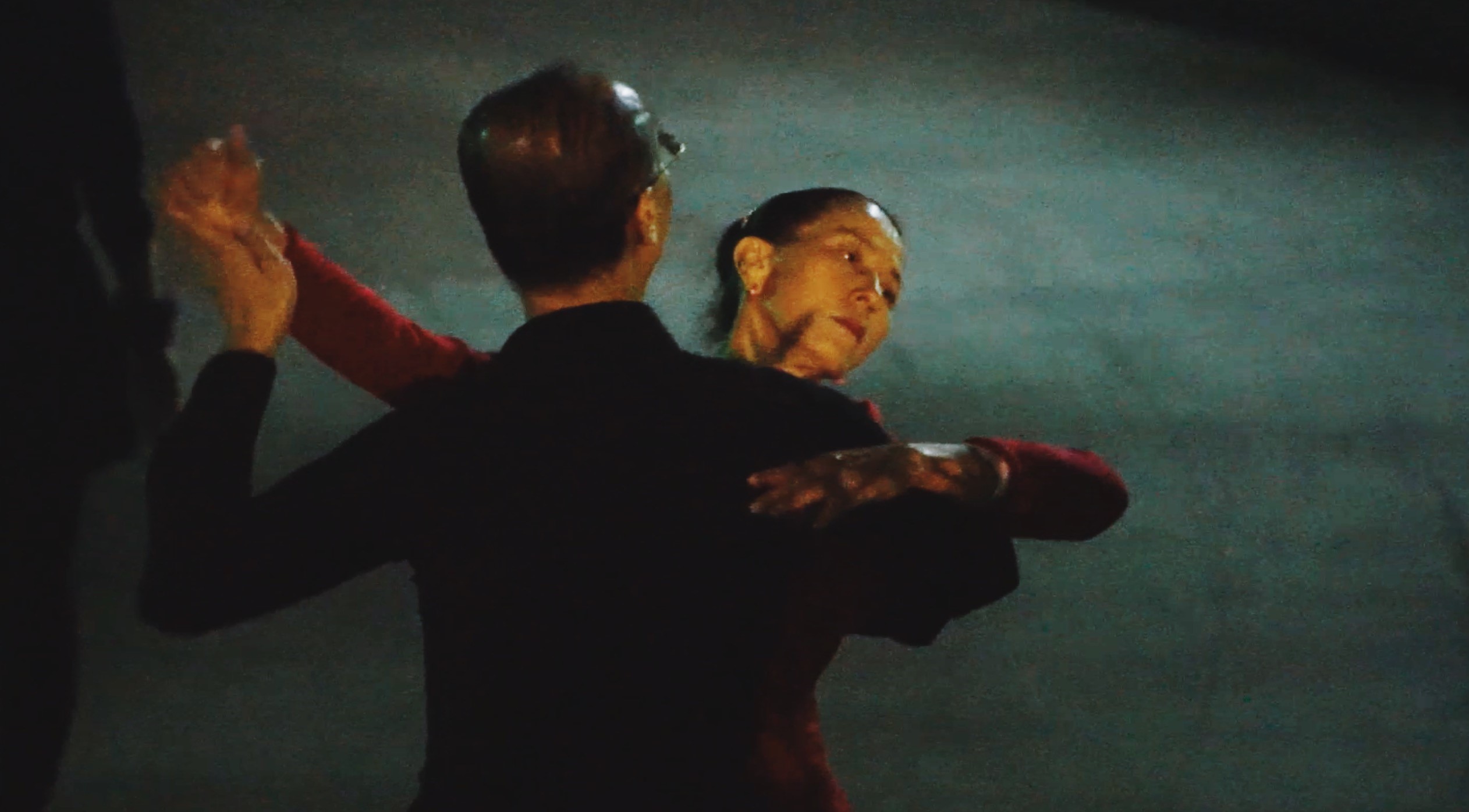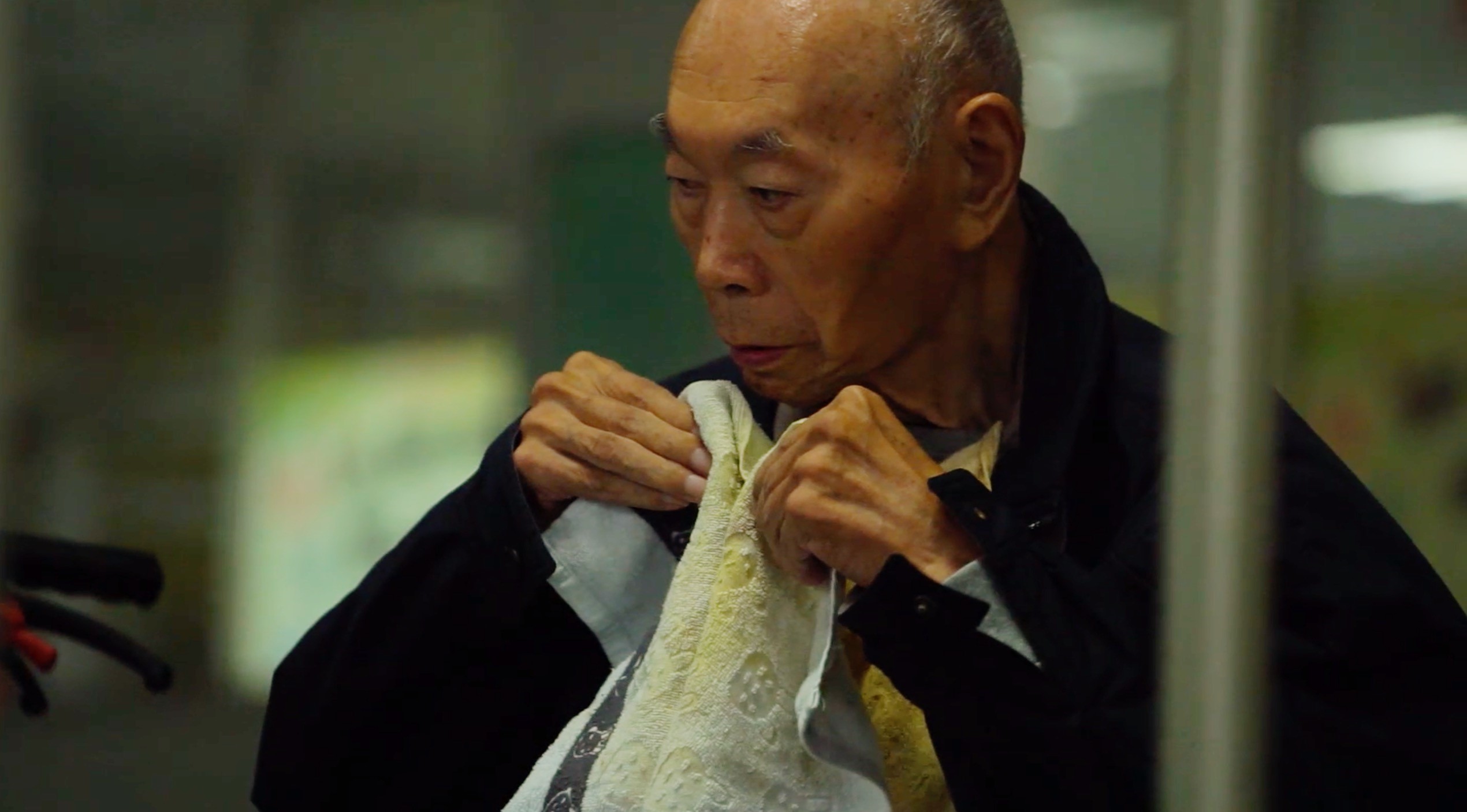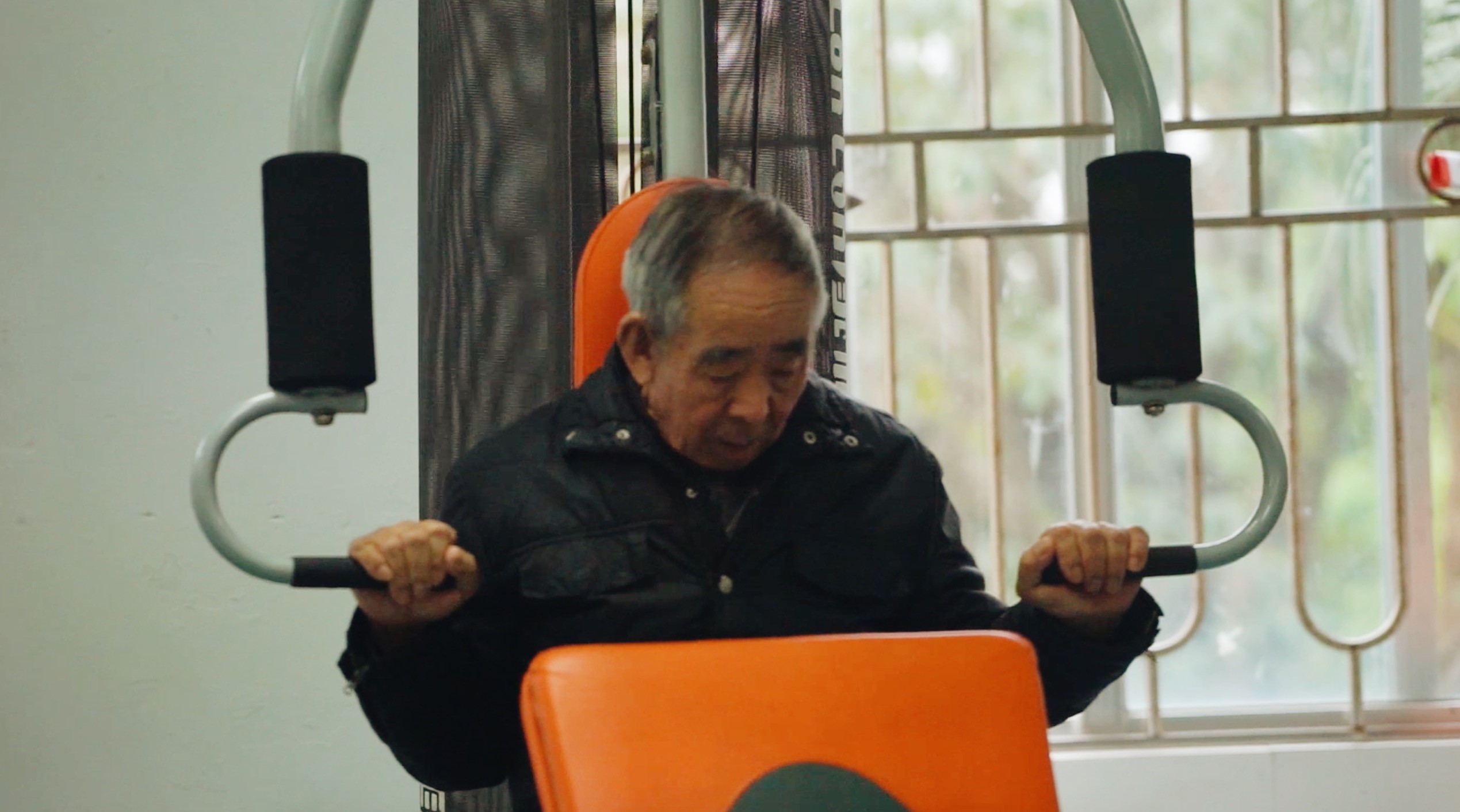In pursuit of scientific knowledge, scientists have become the bearers of the torch of discovery, as Stephen Hawking once said. For the G2 physics students at SCIE, this year has been a journey of scientific exploration, where they acquired critical thinking skills and experienced such moments of illumination in their path towards scientific discoveries through their science projects.
As part of the tradition in the Physics course, G2 students are tasked to work on a physics-related project throughout the year, with the theme chosen freely by the students. Naively, my teammates and I quickly made up our minds to make a project on maglev trains.
Reflecting back upon this decision, our motivations for choosing this subject might seem a bit immature: it is such a cool idea that nobody could ever resist. It is always magical to see something floating and suspending in mid air even if you know that it is nothing but the principles of physics at work, isn’t it?
Besides, we were motivated by the fact that maglev trains define the future of transport, as they can be accelerated to high speeds with minimal energy input due to negligible friction between the train and the railway track. We hoped that our project would contribute, albeit possibly in a minor way, to this impressive technology.

We engaged in extensive research during the design phase of the project, exploring different ideas on how to make the train float. Eventually, we decided to utilize the repelling forces between like poles of magnets to overcome the gravity of the train itself, which is based on the simple idea of levitation using magnetic poles.
Quoting from Einstein: “Everything should be made as simple as possible, but not simpler”, I am sure that for most of you reading this article. at some point in your life, this simple idea of levitation using like magnetic poles has occurred to you and lingered in your brain for a while, but it didn’t take long before the idea fades into the backstage of your thoughts. This had occurred to me and made me realize, that in most cases it is not the difficult part to come up with a simple idea, but it is to actualize it that requires the most effort.
The stability of levitation was our biggest challenge. Our initial plan was to make the train float steadily on the track filled with magnets of the same polarity, with the bottom of the train attached with circular magnets. However, when we tested the idea, the train simply could not stay on top of the magnets. It was like a naughty toddler who always tries to escape the path we’ve set out, and it would always topple to its side.
After careful inspections of the situation, we realized that the problem was with the lack of sideways constraint of the train. If there is no way we could make the train stay in the center of the track, then the slightest deviation of the train from its path would result in an imbalance in the magnetic repulsions on its two sides, which results in the continuous instability in levitation.
Sleepless nights were passed, solutions have been proposed but then rejected, and eventually, in an almost magical moment, it suddenly popped up to us that a secondary track within the original track would have solved all of our problems. A new rail is to be set up on top of the original one, which simply serves for the purpose of stabilizing the direction of the train and “locking” it to its levitating position. It was another sleepless night for me on the day our train levitated, but this time it was the sleeplessness due to joy and excitement.

However, this was far from being the end of our story. We faced continual failures throughout the project, resulting in complete abandonment of plans and frequent temptations to give up. Nevertheless, we persevered and eventually reaped the rewards on the day of the science fair.
The fair has been a feast of scientific innovations, with topics ranging from aerodynamics to electromagnetism to the study of light rays in exposition.
For me, I was nourished and enriched not only by the density of scientific aspirations included in each single project, but also by the valuable opportunity to be able to communicate and seek advice from the teachers on the further improvements in our project. Eventually, our continuous failures and persistence paid off, as our project was nominated by the teachers as the first place in the Science Fair.

While awards and titles are rewarding, the personal growth that occurred during the process was more crucial. The opportunity to gain hands-on experience in a scientific project allowed me to understand the immense difficulties that scientists face daily in their research and to value every single scientific discovery.
As some final words, I would like to express my gratitude to Ms. Carla, our physics teacher, who provided continuous support and valuable advice on our project. I would also like to congratulate all G2 physics students for their amazing achievements in participating in and completing the projects. It has been a long journey throughout the year, but at the end, it was undoubtedly worth the effort.
- Article / Bobby Chen
- Pictures / Dylan






